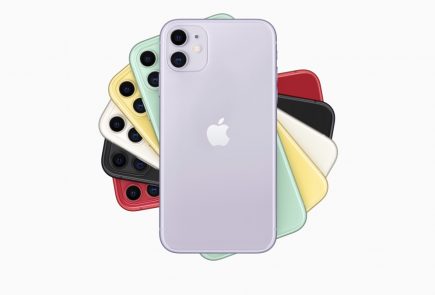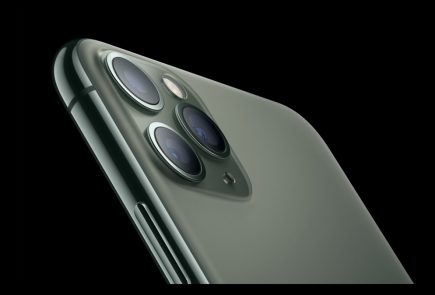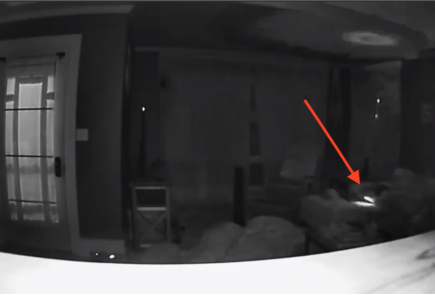New Patent Reveals Apple’s Plan To Diversify Face ID Usage
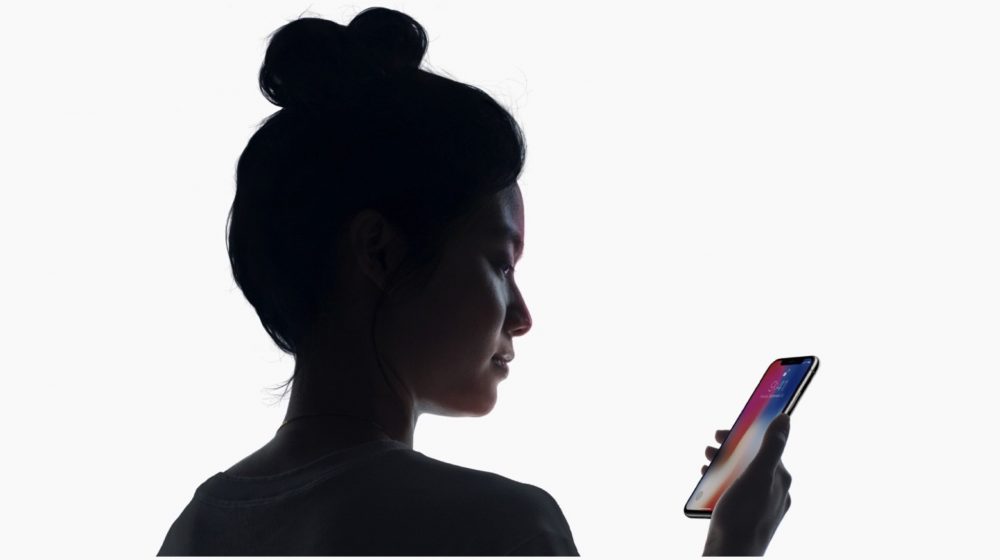
Apple introduced its take on facial recognition technology, Face ID along with the launch of the iPhone X. The iPhone X represented the major design haul that everyone was waiting for ever since the iPhone 6 was launched. Over the course of time since the iPhone X was made available to the public, Face ID has received polarising reviews. While some people can’t wait for Touch ID to make comeback (which seems highly unlikely anymore) and the others like the implementation and believe that future software updates will make Face ID even better than it already is. Some of us have forgotten about the home button and embraced the gestures life.
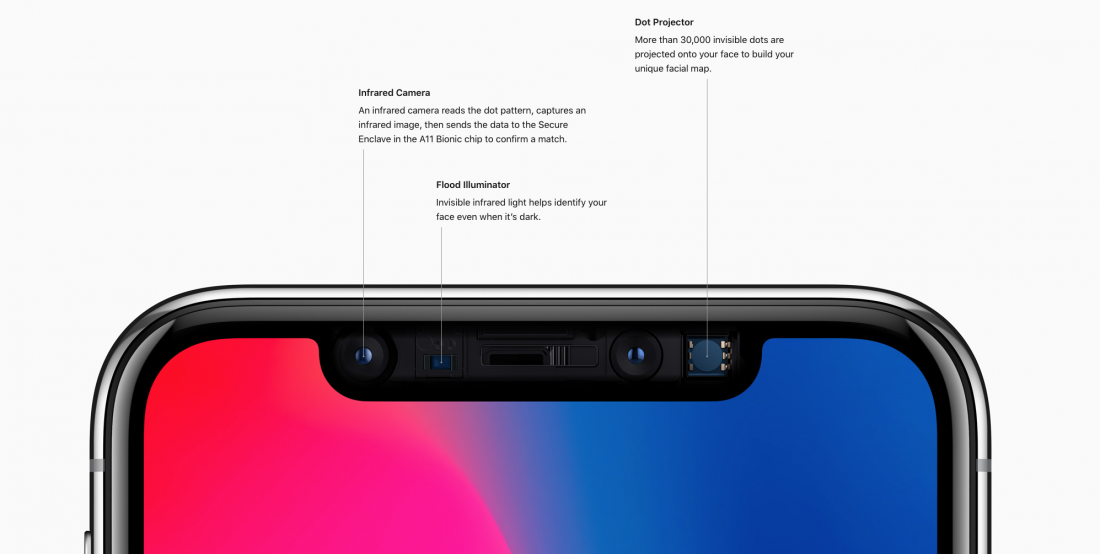
It is safe to assume that Face ID was not a one-off affair till the company figured out how to embed fingerprint sensors under the display. Apple believes that Face ID is the future and there have been multiple reports corroborating that future iPhones will drop Touch ID in favour of Face ID. A new patent filed by Apple has been unearthed, which reveals the company’s plan to diversify the implementation of Face ID on more than just the iPhones.
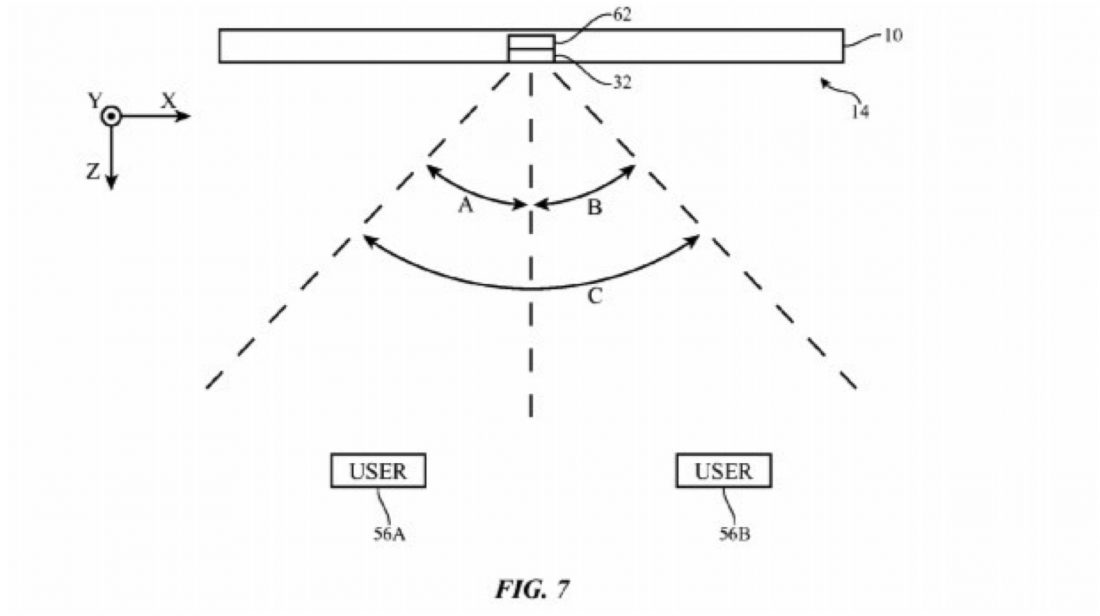
The documentation describes Face ID technology that would fit iPhones, iPads, MacBooks, and iMacs. The patent, which was awarded to Apple on the 19th of December, reveals that Apple filed it all the way back in March of 2015
The technology described in Apple’s patent could be used in a variety of smart devices, to automatically initiate actions based on whether a user is facing the display’s sensors or not. This is Apple’s description of the technology:
Based on knowledge of how many users are present and the location of those users, device 10 may make adjustments to display 14 (e.g., to optimize brightness, content, audio, etc.), may turn on or off device features, or may take other suitable action. As an example, device 10 may activate a visible image sensor in device 10 when it has been determined that one or more users is present in the vicinity of device 10.
The visible image sensor can then be used to gather additional information from the user (hand gestures, images of the user for a video conference, face detection data indicating where the faces of the users are located, etc.).
It is fair to believe that this is true and that Face ID will be trickled down to all other iOS and macOS devices but, it is still just a patent and there are chances that just like a lot of patents, this could be thrown to the back burner.

















